The nuraghe below the temple of Astarte
The traces of the nuraghe are only small but important, one of the many present around the Monte Sirai high plains, that stood where later the religious building known as the “temple of Astarte” stood.
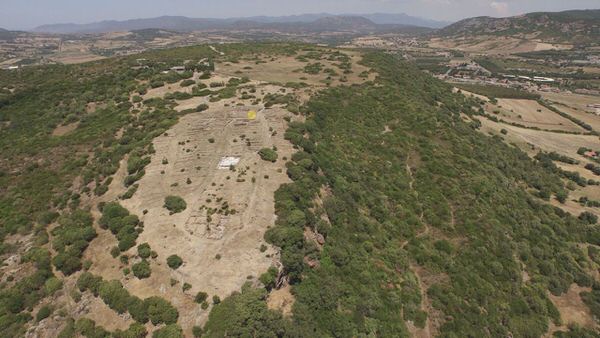
A curved stretch of the monument that has now disappeared, a single tower and place of memory, can be seen. Recent investigations tell us that the nuraghe was not destroyed by the Phoenicians, as an old interpretation suggested, but was a place of native worship open to Phoenician presence, around the 8th century B.C.
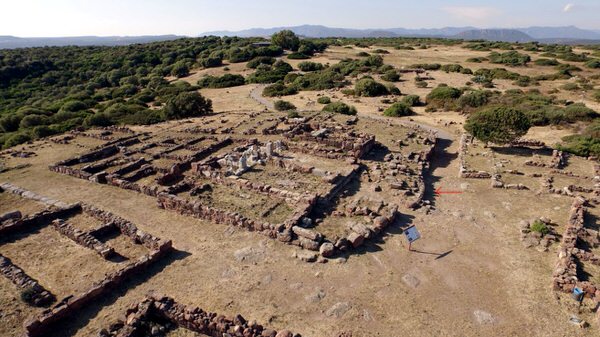
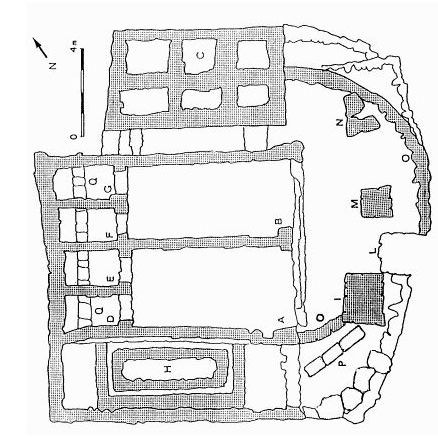
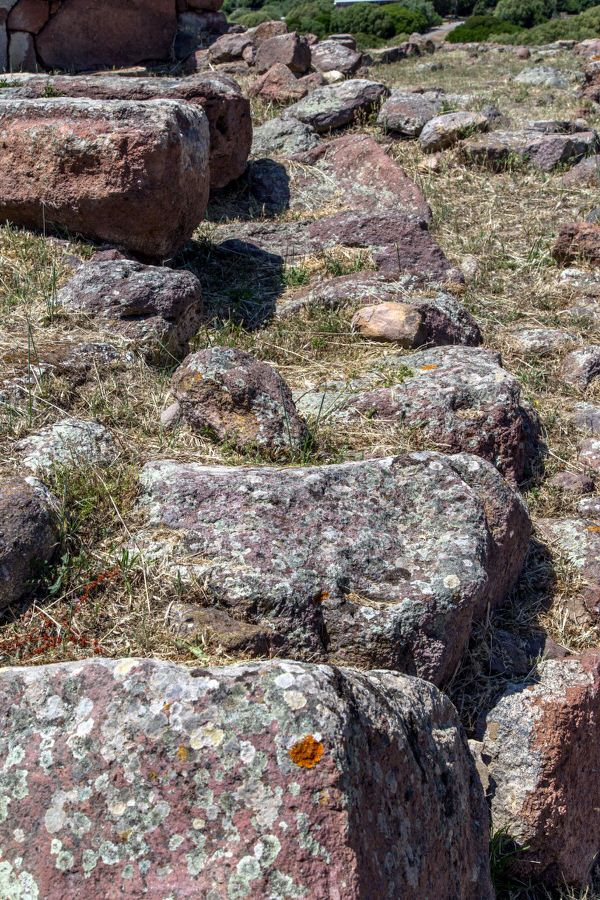
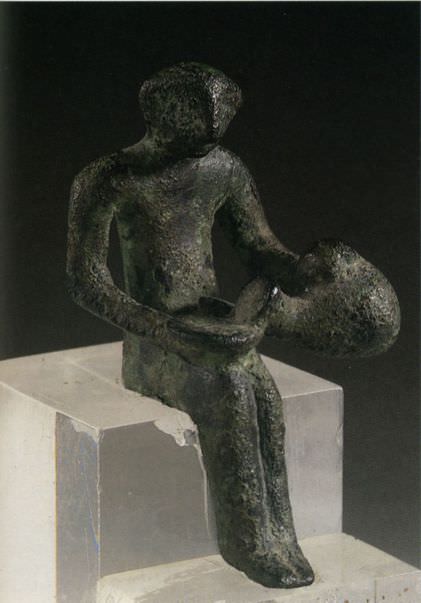
The nuraghe was therefore still standing in the first Phoenician phase of Monte Sirai, as can be seen from the items from that period, that show more moments of integration than fighting: the Phoenician bronze figure (fig. 5) with a figure using a Nuragic jug, like an askoid one.
Bibliografia
- P. BARTOLONI, Monte Sirai, Sassari.
- S. FINOCCHI, Ricognizione nel territorio di Monte Sirai, in RStudFen, 33, pp. 225-260.
- M. GUIRGUIS, Monte Sirai 1963-2013 mezzo secolo di indagini archeologiche, Sassari.
- M. G. AMADASI GUZZO, Monte Sirai - II. Rapporto preliminare della missione archeologica dell'Università di Roma e della Soprintendenza alle antichità di Cagliari (Studi Semitici, 14), Roma 1965.
- S. MOSCATI (a cura di), I Fenici (Palazzo Grassi, Venezia. Catalogo della Mostra), Bompiani.

 VR
VR